
Related products
-
Out of Stock
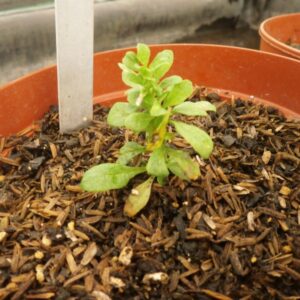
Goji berry
Chinese, Fruit orchard ₡2,550.00 Read more
Goji berry
₡2,550.00
SKU: 0850 Categories: Chinese, Fruit orchardScientific name: Lycium barbarum
Family: Solanaceae
Origin: China
Medicinal use: It is a hedge or scrub shrub that reaches between 2 and 3 meters in height, and between 2 and 3 and a half meters in width. It has thorny branches and long, whole and somewhat thick leaves. The fruit is a fleshy ovoid berry of red or orange color. Goji berries have been attributed multiple health benefits, however various articles have questioned the scientific endorsement of these alleged virtues.
Out of stock
-
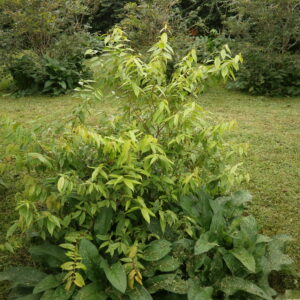
Sundrop
Fruit orchard ₡2,550.00 Add to cart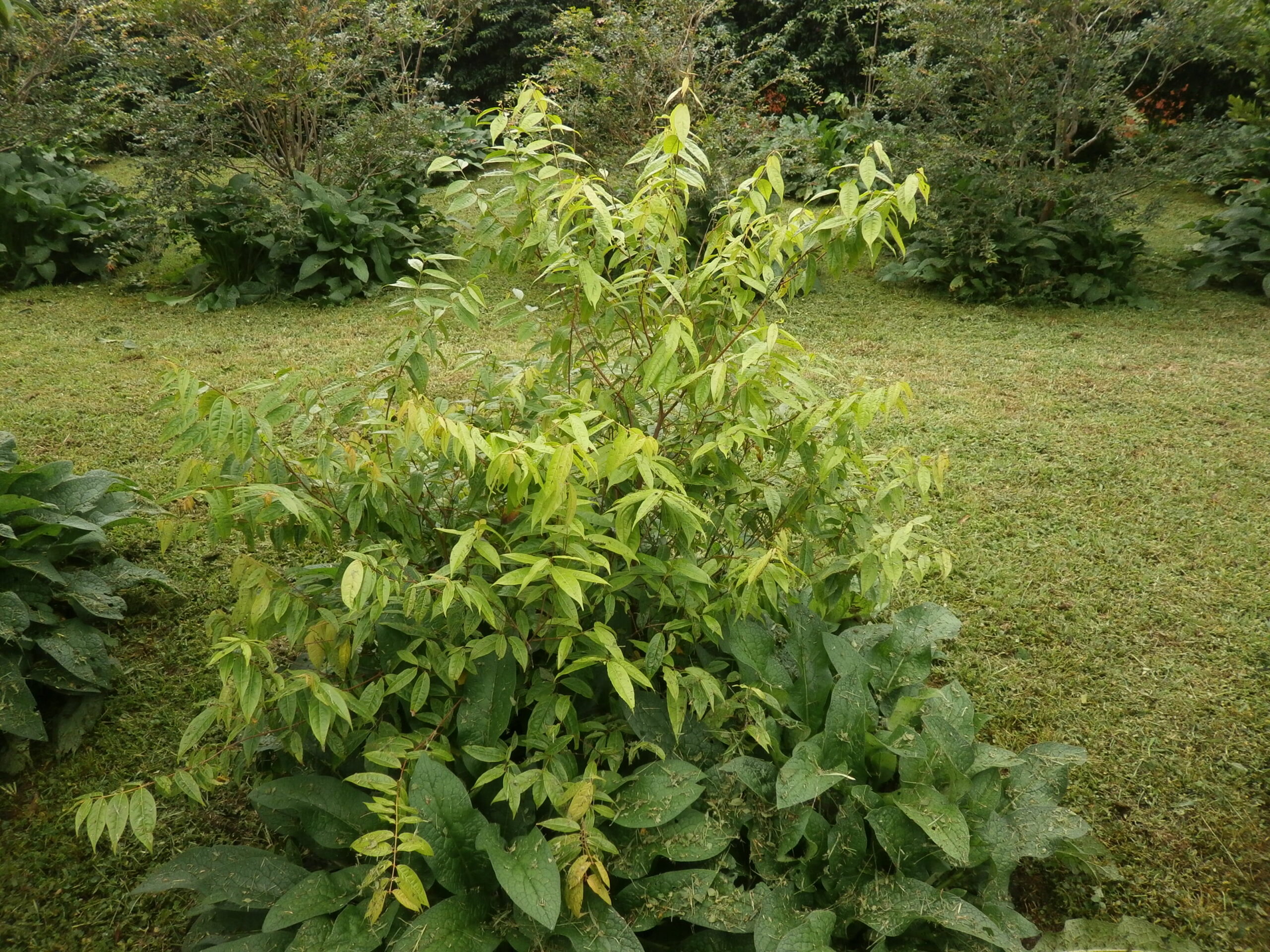
Sundrop
₡2,550.00
SKU: 0175 Category: Fruit orchardScientific name: Eugenia victoriana
Family: Myrtaceae
Origin: S America
Medicinal use: Eugenia victoriana is a small South American fruit tree of the genus Eugenia. Their common names include guayabilla and sundrop. Eugenia victoriana boasts the largest fruit of all known Eugenia species. The trees develop their first flowers in their third or fourth year in the case of the fruits, they are orange in color, and have sour pulp, usually two to four large seeds.
35 in stock
-
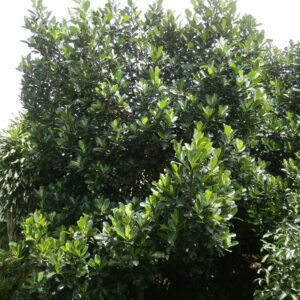
Jack fruit
Fruit orchard ₡2,550.00 Add to cart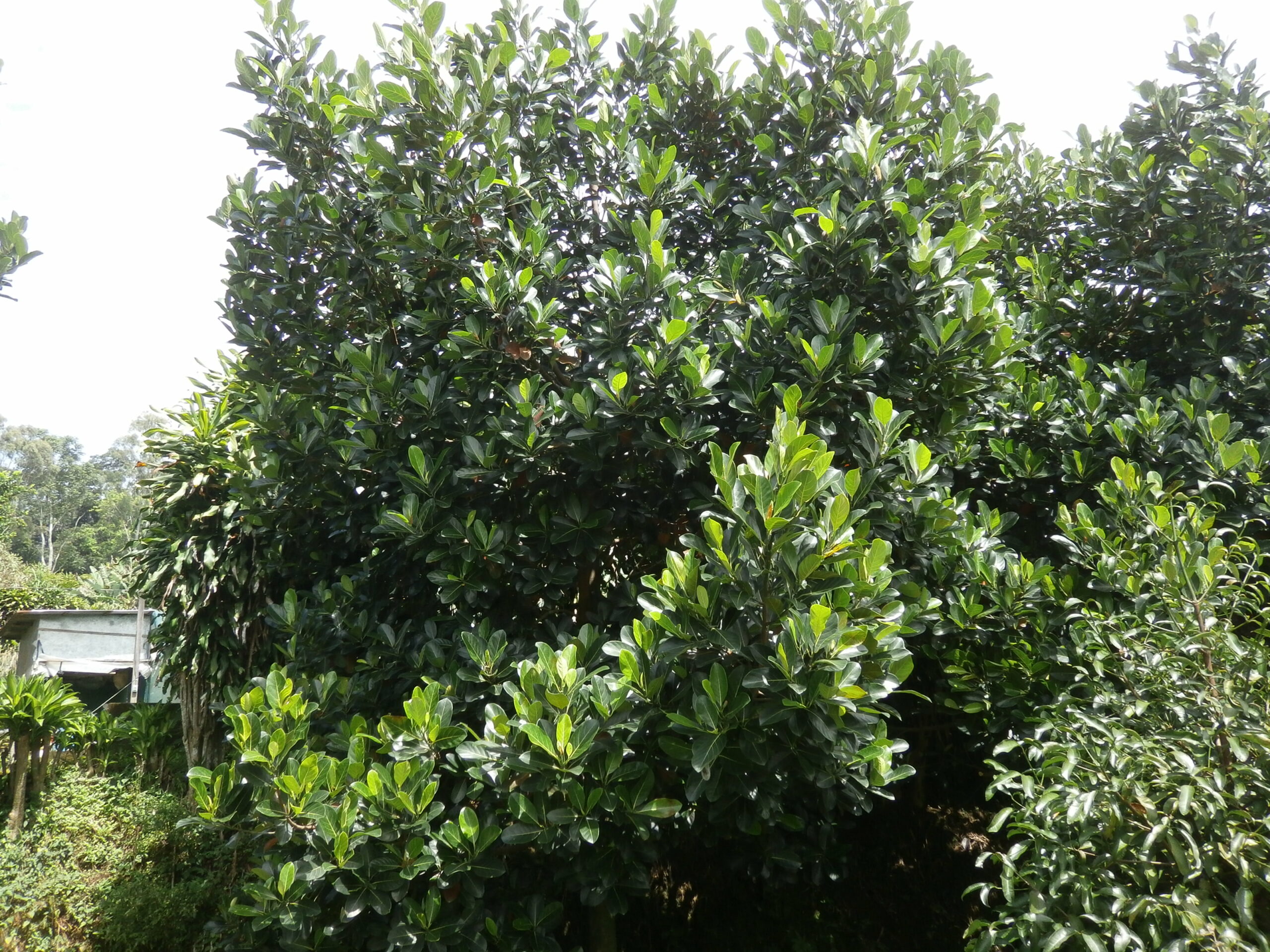
Jack fruit
₡2,550.00
SKU: 1055 Category: Fruit orchardScientific name: Artocarpus heterophyllus
Family: Moraceae
Origin: India
Medicinal use: The jack fruit also known by the name of nanjea and panapén. It is native to Indonesia, and its fruits are large, as you can see in the opening photo. A tree can produce up to 3,000 kilos of fruit per year. The inside of the fruit is yellow to orange in color, similar to mango. Its juice is slightly acidic and deeply sweet, with a flavor that is reminiscent of the mixture of mango and orange in addition to other flavors.
24 in stock
-
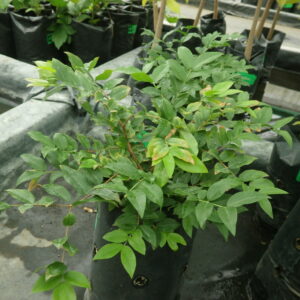
Jaboticaba
Fruit orchard ₡3,750.00 Add to cart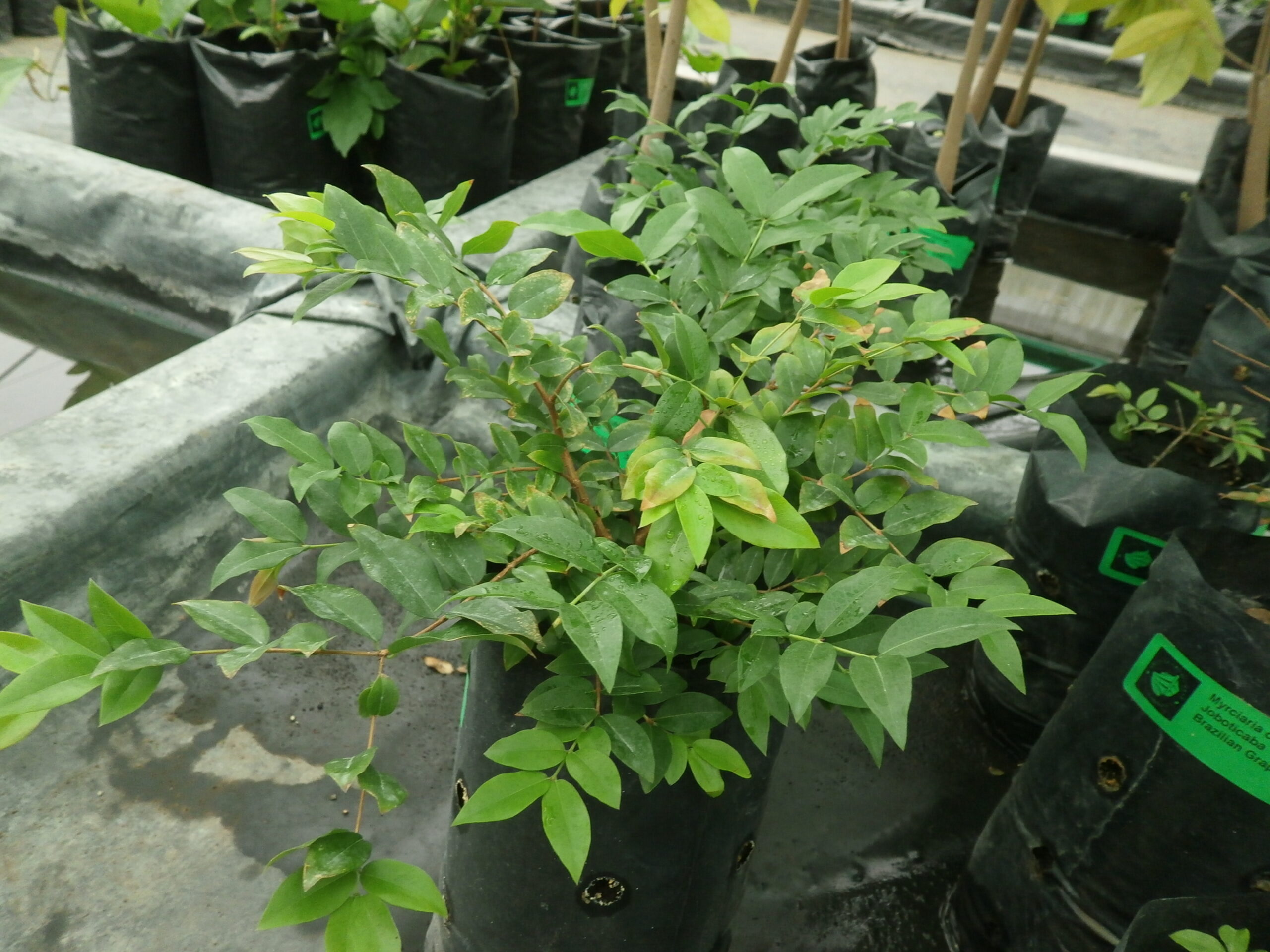
Jaboticaba
₡3,750.00
SKU: 1050 Category: Fruit orchardScientific name: Plinia cauliflora
Family: Myrtaceae
Origin: S Africa
Medicinal use: The Jaboticaba or guapurú is a tortuous-looking tree, with few branches, thick bark and a bit thorny. It has a thin and smooth skin, while its pulp is white and juicy, with a bittersweet flavor. It is consumed directly as fresh fruit, but soft drinks, jams, liqueurs, homemade vinegars and others are also prepared. It is consumed directly as fresh fruit, but soft drinks, jams, liqueurs, homemade vinegars and others are also prepared.
134 in stock
